Flag image for download or use on web resources.
Completely free for commercial and non-commercial use (public domain).
You can freely use them in your news magazines, websites, software, mobile applications.
We appreciate a backlink to https://flagssite.com
Vector files - Flag of Liechtenstein (PDF, EPS, SVG, AI)
 Vector files
Vector files
- .pdf, .eps, .svg, .ai format; RGB color model; Official Proportions.
Embed image on your website.
"30" - image size (by height) in Pixels (px).
!!! For resizing, use the Latin (eng) keyboard layout.
<img src="https://flagssite.com/flags/00svg/20220.svg" height="30" alt="Flag of Liechtenstein">
 Vector files 2:3, 1:2
Vector files 2:3, 1:2
- PDF format; RGB, PANTONE/CMYK color model; aspect ratio - 2:3, 1:2.
Raster files - Flag of Liechtenstein (PNG, JPG)
 Waving flag
Waving flag
- PNG format (transparent background), 72dpi, dimensions in Pixels (px), aspect ratio 3:4.
Embed image on your website.
"v15" - image size (by height); if necessary, replace with available: v15, v30, v60, v120, v240.
!!! For resizing, use the Latin (eng) keyboard layout.
<img src="https://flagssite.com/flags/v15/20220.png" alt="Flag of Liechtenstein">
 Round flag
Round flag
- PNG format (transparent background), 72dpi, dimensions in Pixels (px), aspect ratio 1:1.
Embed image on your website.
"d15" - image size (diameter); if necessary, replace with available: d15, d30, d60, d120, d240.
!!! For resizing, use the Latin (eng) keyboard layout.
<img src="https://flagssite.com/flags/d15/20220.png" alt="Flag of Liechtenstein">
 Rectangular flag 2:3
Rectangular flag 2:3
- JPG format, 72dpi, dimensions in Pixels (px), aspect ratio 2:3.
Embed image on your website.
"h30" - image size (by height); if necessary, replace with available: h15, h30, h60, h120, h240, h360, h480.
!!! For resizing, use the Latin (eng) keyboard layout.
<img src="https://flagssite.com/flags/h30/20220.jpg" alt="Flag of Liechtenstein">
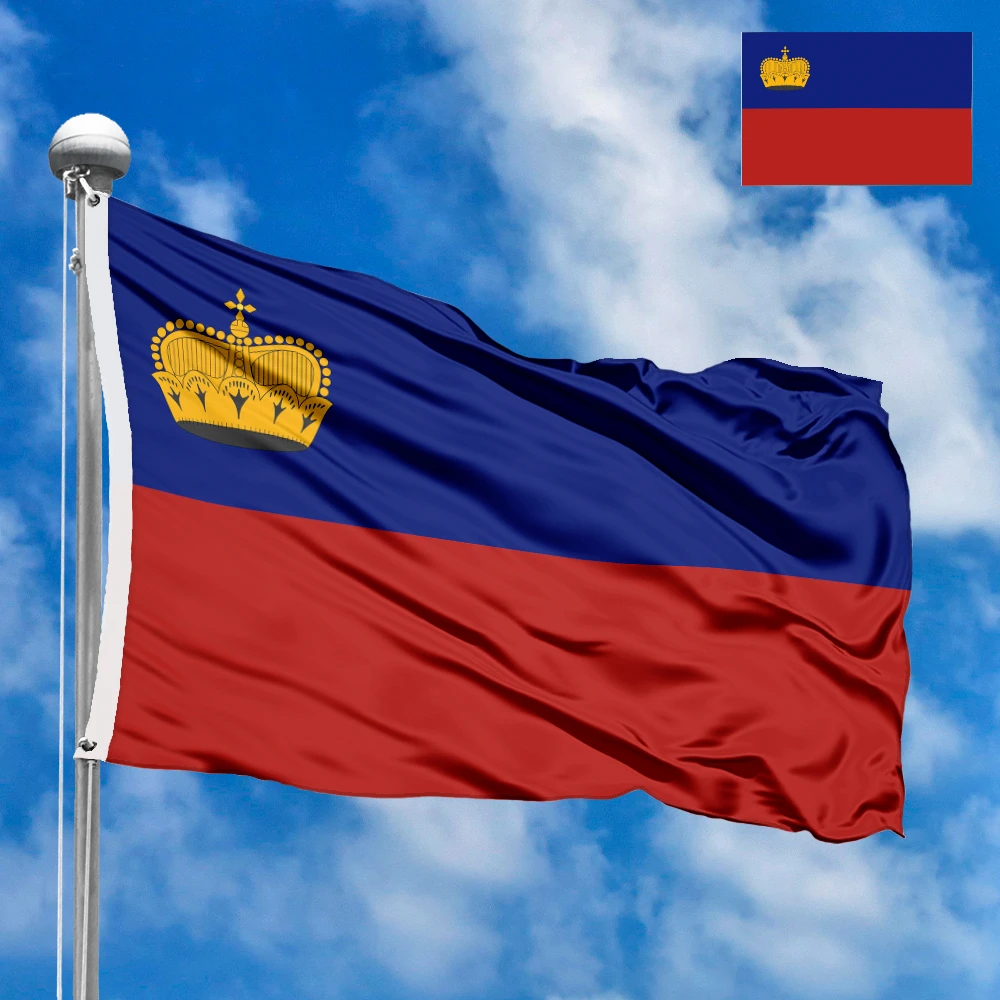

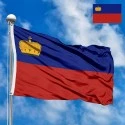
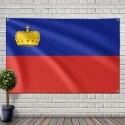
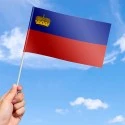
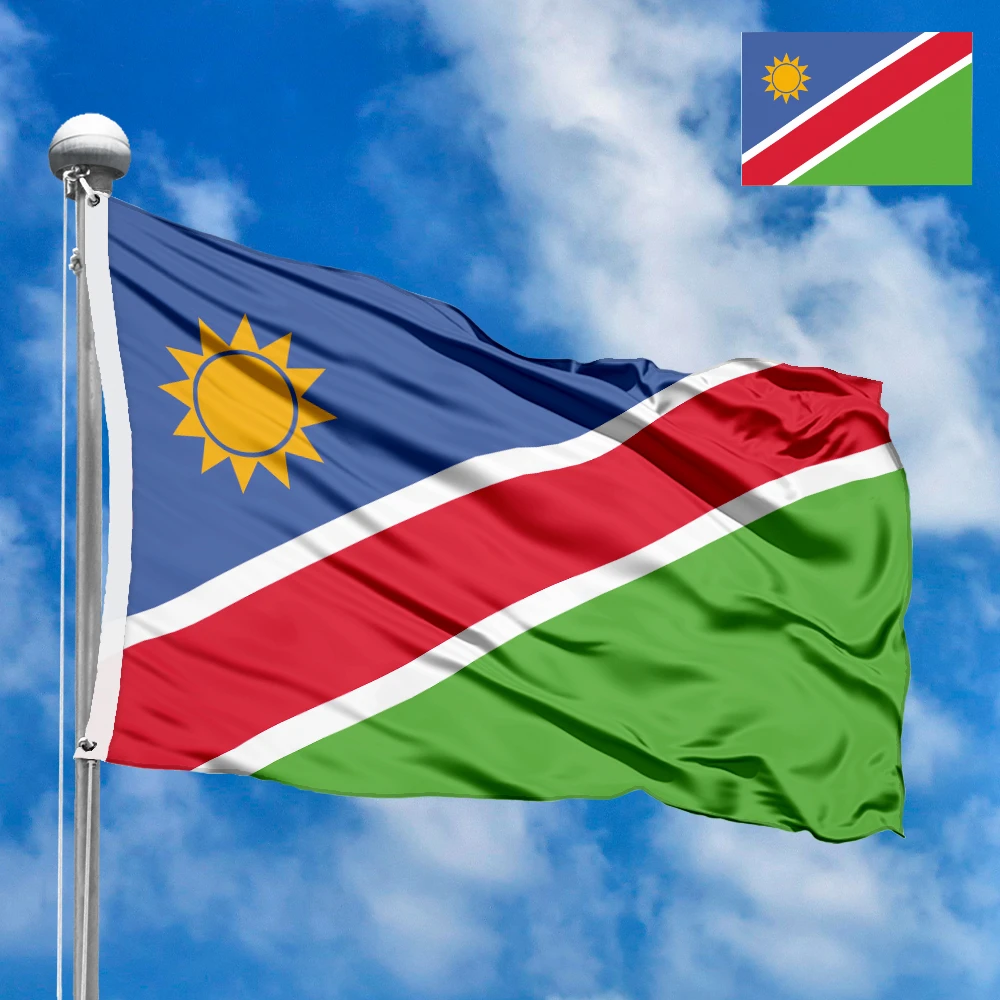


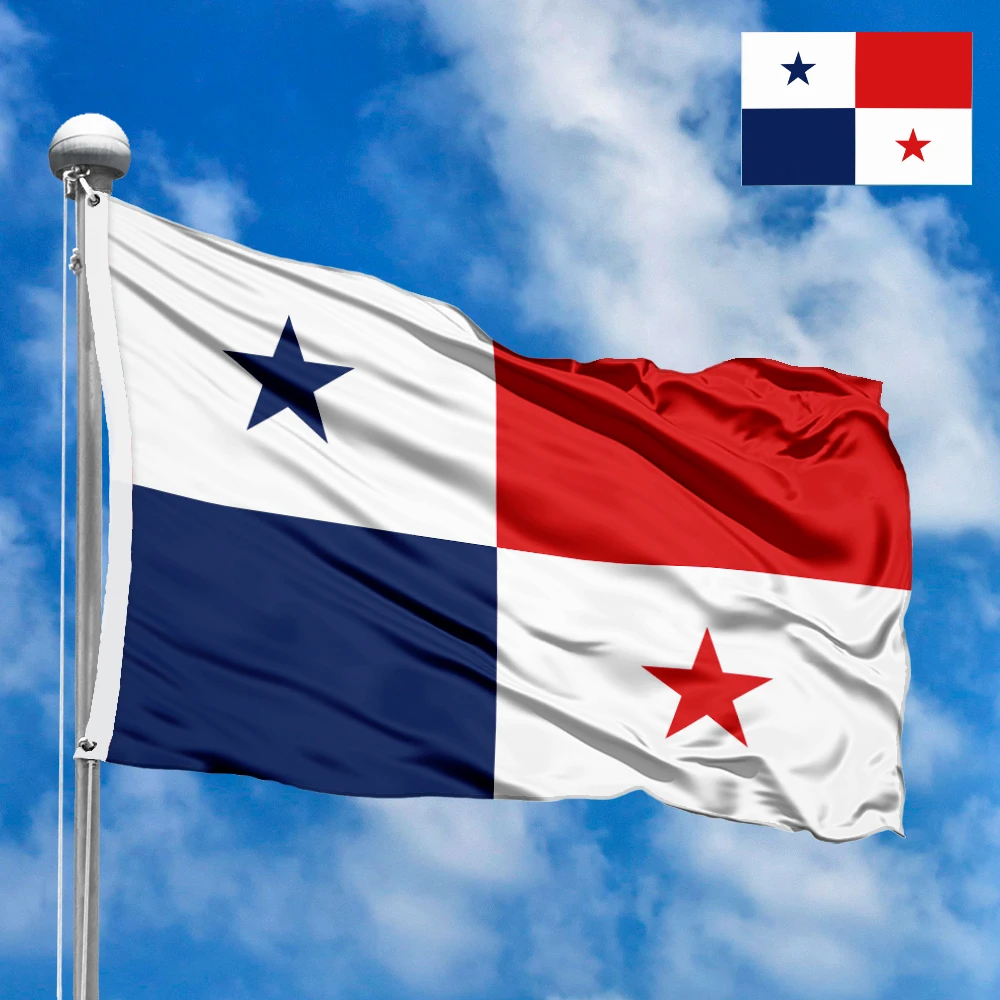





 Vector files 2:3, 1:2
Vector files 2:3, 1:2
 Waving flag
Waving flag
 Sizes:
Sizes:
 Round flag
Round flag
 Sizes:
Sizes:
 Sizes:
Sizes: